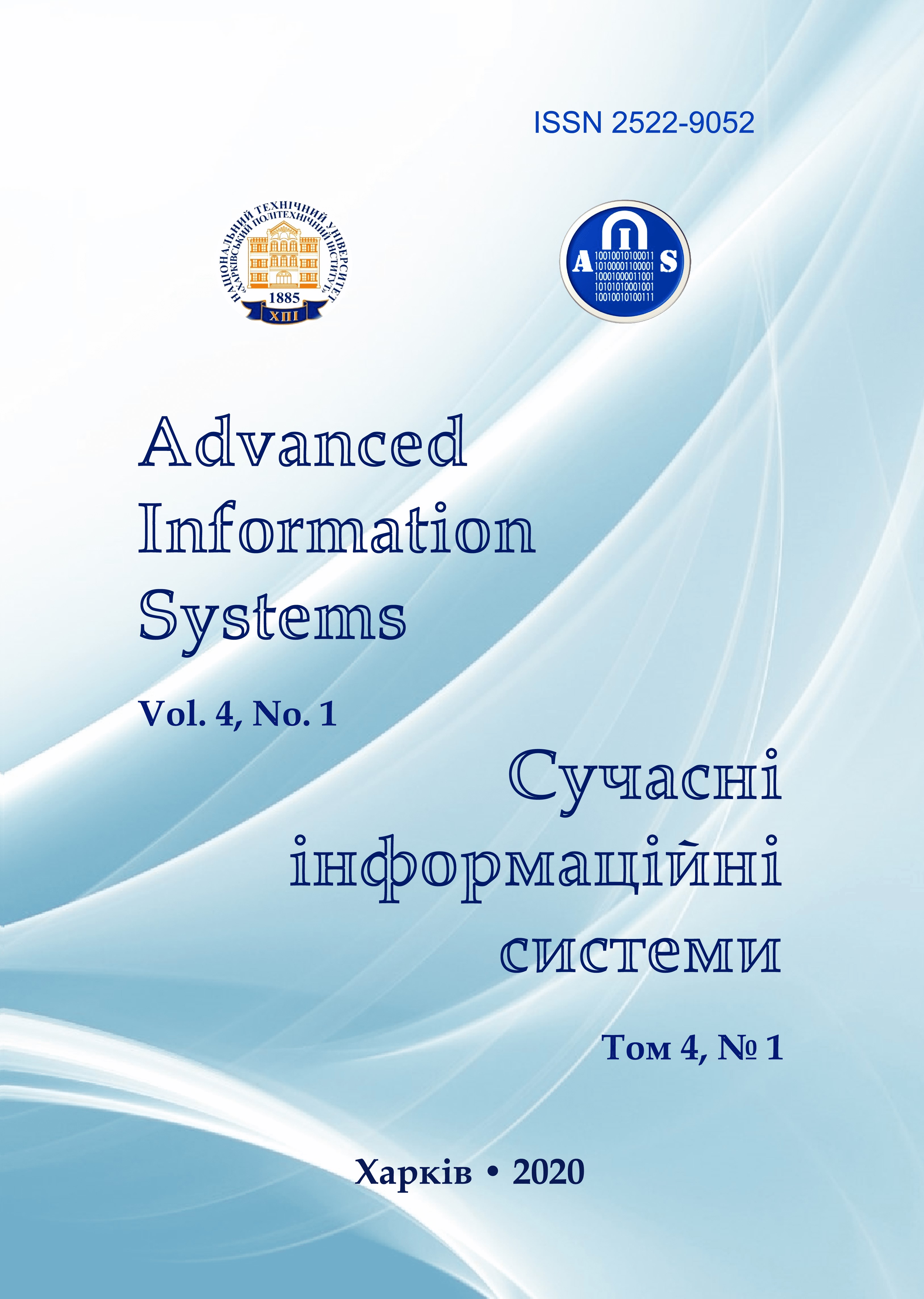Information technology forming options for logistics distribution channel configuration
Main Article Content
Abstract
The study topic focuses on the process of establishing a logistics channel based on the configuration of the logistics system for the distribution of mass-produced goods. The aim of the research is to develop information technology for logistics channel configuration options. The logistics system consists of two types of business processes: transportation of finished products (FP), storage of FP. A number of producers, product consolidation centers, customization centers and numerous consumers are considered. A transport problem with two intermediate units is decomposed into two ones. A scattering task solves the problem of linking particular product consumers to the relevant customization warehouses. The second transportation problem solves the problem of FP delivery from manufacturers' warehouses to regional ones, and has intermediate units for product consolidation. Functional requirements are formed to solve these tasks. Three actors are represented in the use case diagram. The expert forms the background information for the task of configuring the logistics distribution system. An analyst provides input-based solutions to various tasks that are part of technology of logistics system configuring. The decision maker is the actor who chooses the solution from the many effective ones. An information technology has been developed, the deployment diagram of which consists of four nodes: Client, Web server, Application server, Data base. The results of the study are presented in the form of configurations of the logistics distribution system based on the following parameters: number of warehouse facilities for consolidation and customization of the FP; level of insurance supply; order cycles length of FP. The further use of the results obtained is to determine the level of service for the specific configuration options as well as their sustainability in relation to different emergency situations. The results obtained are the basis for the organizational structure for the management of the logistics distribution system.
Article Details
References
Bauersoks, Donall Dzh. and Kloss, Deivid Dzh. (2005), Logistics: integrated supply chain, Olimp-Biznes, Moscow, 640 p.
Godlevskii M.D., Stankevich A.A. and Godlevskii I.M. (2012), “The technology of forming a system of organizational man-agement of distribution logistics in strategic planning”, Skhіdno-Єvropeis'kii zhurnal peredovikh tekhnologіi, Tekhnologіchnii tsentr, Kharkіv, № 4/3(58), pp. 17-21.
Farahani, Reza Zanjirani (2011), Logistics Operations and Management, Elsevier Inc., 486 p.
Gwynne, Richards (2017), Warehouse Management: A Complete Guide to Improving Efficiency and Minimizing Costs in the Modern Warehouse, Kogan Page Inc., 448 p.
Coyle, John J. (2015), Transportation: A Global Supply Chain Perspective, Cengage Learning Inc., 528 p.
Sergeev, V.I. (2012), “General trends in the development of logistics centers abroad”, Logistika i upravlenie tsepyami postavok, № 5, pp. 7–18.
Sergeev, V.I. (2011), “Conceptual approaches to the formation of logistics centers”, Prikladnaya logistika, No. 1–2, pp. 12–22.
Godlevskii, I.M. and Pinaeva, A.A. (2014), “Models of transport problems and structural and topological synthesis in the stra-tegic management of distribution logistics”, Vіsnik NTU «KhPІ». Serіya: Sistemnii analіz, upravlіnnya ta іnformatsіinі tekhnologії, NTU «KhPІ», Kharkiv, No. 61 (1103), pp. 8–13.
Beskorovainyi, V.V. and Podolyaka, K.E. (2016), “The choice of multicriteria solutions for the reengineering of topological structures of large-scale monitoring systems”, Sistemi obrobki іnformatsії, No. 5 (142), pp. 80-86.
Fedorovich, O.E., Zapadnya, K.O., Eremenko, N.V. (2013), “Models for optimizing and configuring a logistics distribution system”, Radіoelektronnі і komp’yuternі sistemi, No. 4 (63), pp. 121–124.
Scott, C., Lundgren, H. and Thompson, P. (2011), Guide to Supply Chain Management, Springer, Berlin, 190 p.
Christopher, M. (2011), Logistics & Supply Chain Management, Pearson Education Limited, Great Britain, 276 p.
Ishizaka, A. and Nemery, P. (2013), Multi-criteria Decision Analysis: Method and Software, Wiley, USA, 310 p.
Velasquez, M. and Hester, P. (2013), “An Analysis of Multi-criteria Decision Making Methods”, International Journal of Op-erations Research, No. 2, pp. 56–66.
Christodoulos, A. and Pardalos, M. (2014), Recent Advances in Global Optimization, Princeton University Press, Princeton, 648 p.
Me, Rob, Maritz, Paul, Yara, Scott and Cook, Bill (2020), Spring framework reference documentation, available at: https://spring.io/docs/reference
Rezig, John (2019), JQuery API reference documentation, available at: https://api.jquery.com/
Abbink, Hans, van Tooren, Peet (2018), Vis.js network reference documentation, available at: https://visjs.github.io/vis-network/docs/network/
